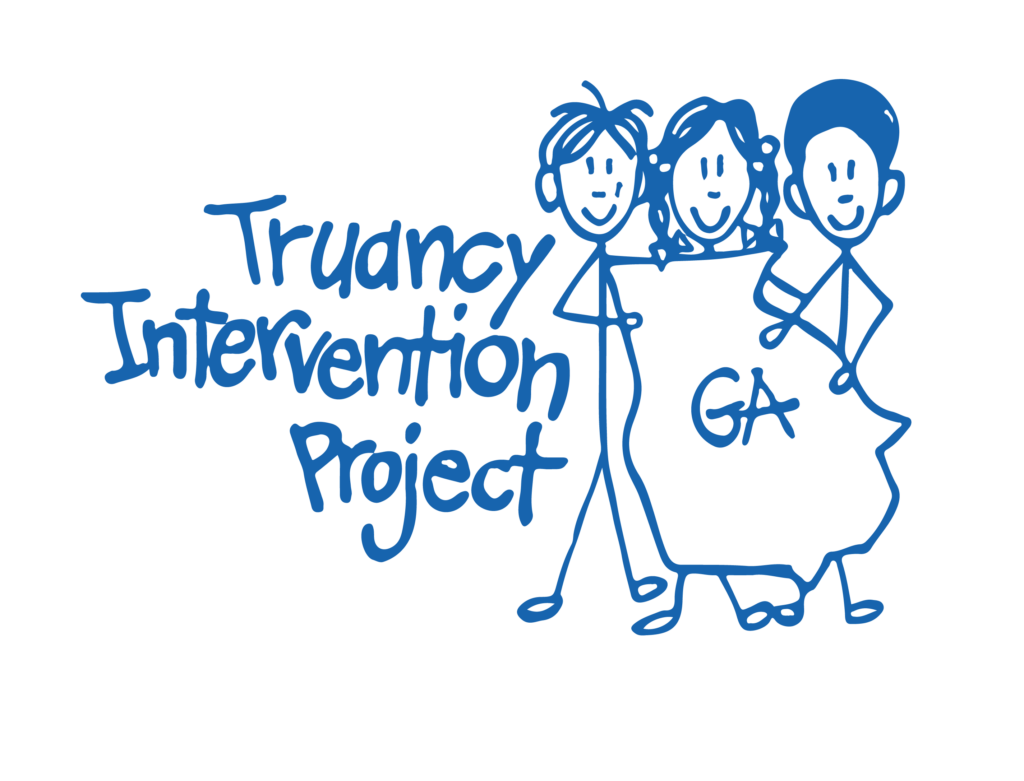The first few weeks of school set the tone for the entire year. That’s why Attendance Awareness Month, observed every September, is so important. Research from Attendance Works shows that half of students who miss just two to four days this month will go on to miss nearly a month of school over the course of the year.
Public education is meant to be the great equalizer, but chronic absenteeism continues to deepen inequities, especially for historically disenfranchised families and communities. The crisis has grown so urgent that Georgia policymakers have taken notice. Earlier this year, lawmakers passed SB123 with near-unanimous support, ushering in new requirements for data collection, root cause analysis, and collaboration—while moving away from punitive approaches like expulsion for missed days.
These changes offer hope, but policy shifts alone won’t solve the problem. Chronic absenteeism is complex, rooted in systemic inequality, and immensely costly—not just for individual students, but for entire communities. The difficult truth is that students don’t get those missed opportunities back, which makes every case of chronic absenteeism an urgent one.
The good news? This is a solvable problem. Momentum is building, and together, we can ensure more students are present, supported, and set up for success.
It starts by understanding where our communities stand today and the root causes.
Here’s What We Know
- Chronic absenteeism remains at crisis levels.
Nationwide, the rate hasn’t returned to pre-pandemic levels. It dropped from around 31% in 2021–22 to 28% in 2022–23, according to the U.S. Department of Education. Last year in Georgia, that number was about one in five. While absenteeism in our state has also declined from its peak (almost 24% in 2021-2022), sustaining this momentum will take an all-hands effort. - The consequences are profound and long-lasting. According to the National Center on Educational Outcomes, children chronically absent in early grades are far less likely to read on grade level by third grade. By high school, regular attendance is a stronger predictor of graduation than test scores, and students who are chronically absent between eighth and twelfth grade are seven times more likely to drop out.
- Communities feel the impact. People who drop out of high school are significantly more likely to face poor health, unemployment, poverty, and involvement with the justice system as adults. They also earn about $200,000 less over their lifetimes than high school graduates. These economic disparities ripple outward, contributing to cycles of poverty, reliance on public assistance, and higher crime rates.
- Absenteeism reflects inequities. Students living in poverty, students of color, English language learners, and students with disabilities are disproportionately affected. Many face barriers tied to mental health care, housing, transportation, or safety, making consistent attendance far more difficult.
Where We Go From Here
Decades of data and experience make one thing clear: truancy and chronic absenteeism are symptoms of deeper systemic challenges—like the housing affordability crisis, limited access to healthcare and mental health support, and economic instability. These realities can’t be solved with court summons or punitive measures.
At TIP, we believe families deserve support, not judgment. When compassion, trust, and collaboration guide the response, students are far more likely to get the help they need and the chance they deserve.
The good news? We know what works:
- Early intervention. The sooner a student is connected with resources and advocates, the better the chance of turning attendance around. Simple, consistent support can change the trajectory of a child’s education.
- Positive reinforcement. Incentives work better than punishments. Recognizing and rewarding good attendance—whether with encouragement, small celebrations, or programs like TIP’s Lollipops for Learning—shows students that their presence matters.
- Meeting students and families where they are. The biggest barriers are often the simplest: access to clean clothes, food, transportation, or hygiene products. Addressing these needs with dignity not only helps a student make it to school that day—it builds trust, creates small but meaningful wins, and opens the door to brighter futures.
- Collaboration. No single person or organization can solve this crisis. It takes students, families, educators, social workers, and community partners working together. By joining forces to support families and sharing strategies that drive systemic change, we can build a culture of attendance awareness and advocacy that strengthens entire communities.
Chronic absenteeism is a complex problem, but we can solve it together. Whether by volunteering, donating, or advocating, your support helps TIP ensure more students are present, supported, and ready to thrive—during Attendance Awareness Month and beyond.
